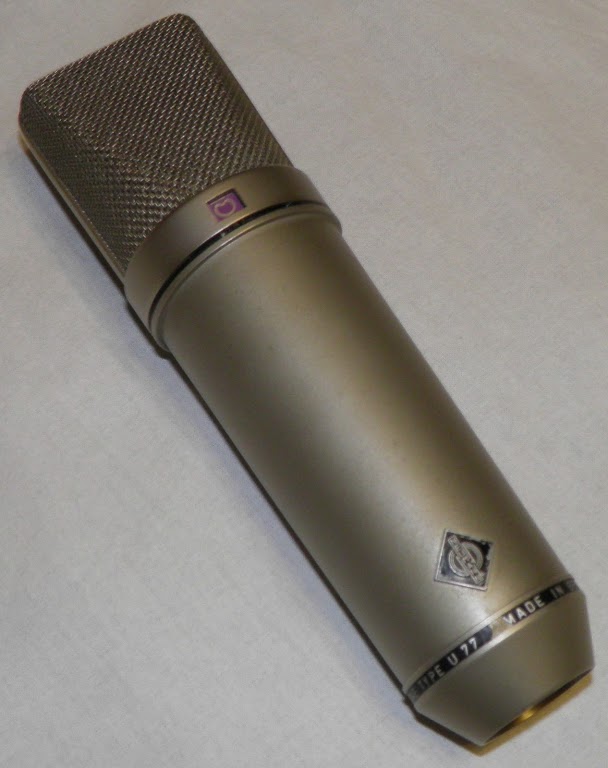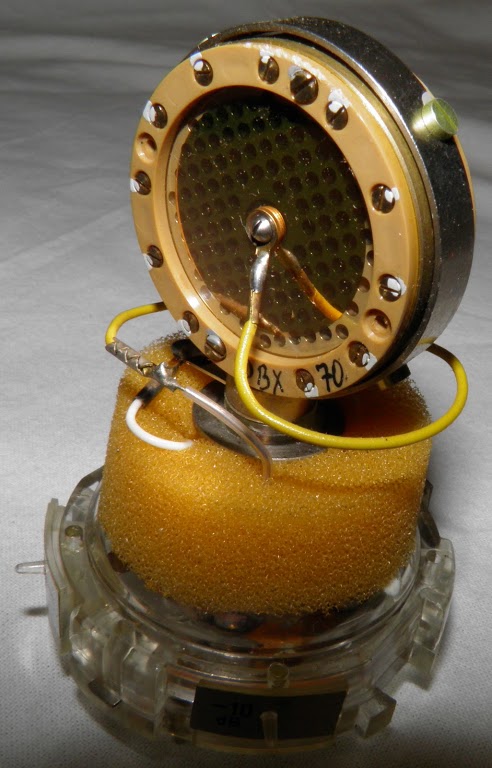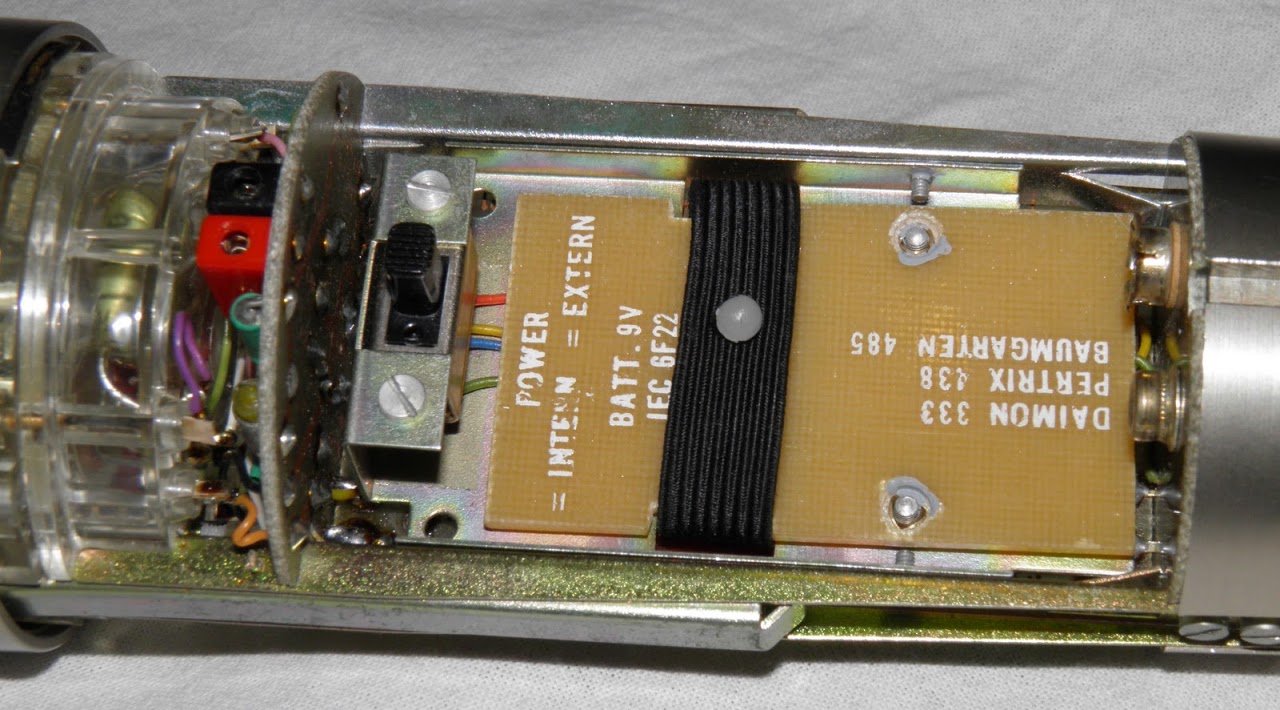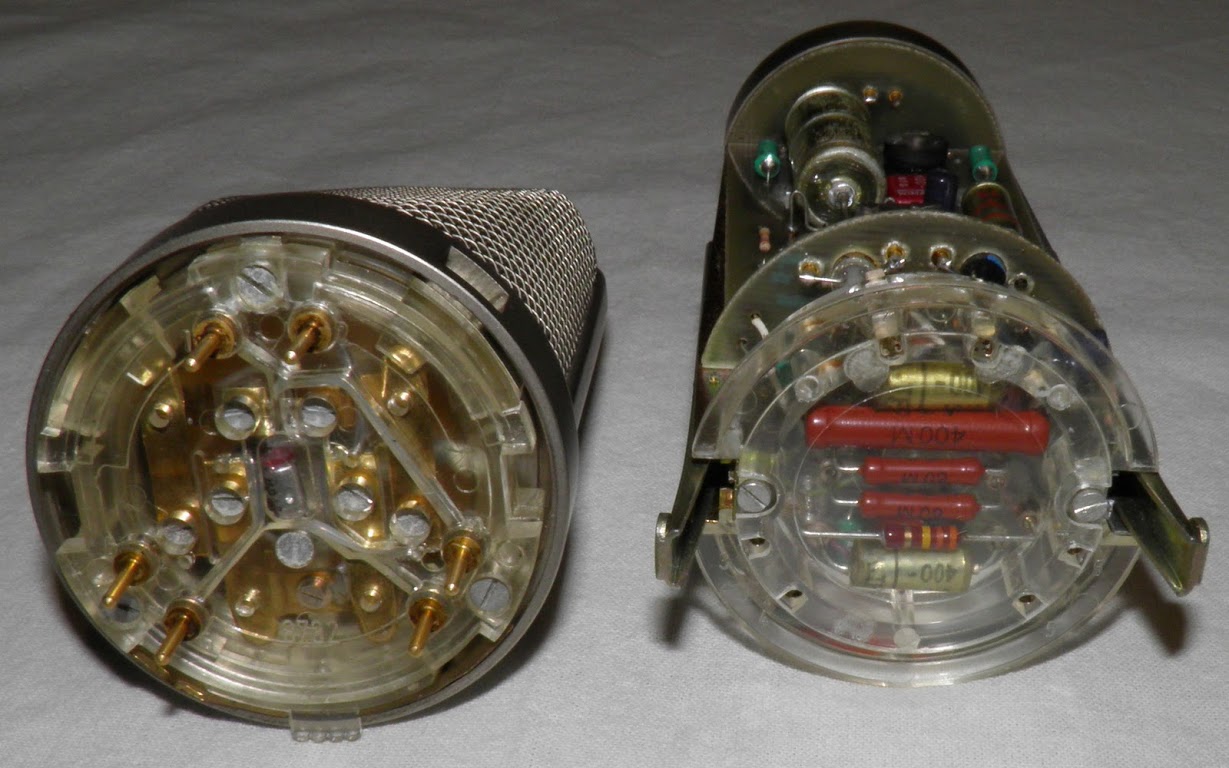| Neumann U77 |
|---|

The Neumann U77 is an excellent mic. I have owned one for a number of years and, in my opinion, it always sounds better than my U87 mics. The U77 has a tighter and extended bottom end and a more open top than a U87. The U77 is a distinct design and is different from either the U67 or the U87. The capsule is the same as the U67 and is powered at the same voltage as the U67 (60V) unlike the original U87 (ca. 45V.) |
|---|

The U77 is a classic mic and would be much more famous if they made more of them, but shortly after the U77 (and KM74) came out, both of which use 12 volt T Power, Neumann invented phantom power and it became very popular and the older 12 volt T Power mics seemed a bit old fashioned and fell out of favor. Neumann then came out with the U87 and KM84 and their literature claimed they sounded identical to the U77 and KM74 but used the newer and more popular phantom power. While the U87 and KM84 are both great mics, they don't sound the same as the U77 and KM74. They are related, but the lack of a transformer and the fact the T Power fed more current to the U77 than phantom power fed to the U87 make them sound different. I have spent a fair amount of time comparing the U77 I own to the U87's I have and to the U67 and in general would describe them like this. |
|---|

The Neumann U77 is a rare and unique microphone manufactured in West Germany for a very short period of four years in the late '60s. Historically, the U77 is part of the family of microphones using T-Power, with a source whose voltage is 12 Volts and then converted to 60 Volts to polarize the microphone’s back capsule. This is considered the first solid-state microphone built by Neumann with a transformerless output. The sound of this microphone is a cross between a U-67 and a U-87 with a very strong signal and a superbly quiet noise floor that rivals any modern microphone. The combination of a transformerless design coupled with a specially modified T-Power Supply, and a K-67 capsule give this mic a distinctive warm sound clarity that cuts right thru in any mix. Think of it as a vintage mic with a deathly quiet noise floor. T-Power was developed as a solution to the then new solid-state technology in the late 1960’s. Compare a 60 volt polarized capsule to an underpowered 48-volt microphone and you begin to hear the lack of detail and resolution that only a Tube microphone can rival a T-Powered mic. The midrange sound of this mic is clear and what I would refer to as “liquid”. I have successfully used it to record female vocals, acoustic instruments and it’s sound is simply superb. The output level is hotter than the majority of Neumann mics which has helped me in distancing the microphone from a singer and capture more air, but at the same time the reach that this mic has is really outstanding and it truly makes it’s sound unique. |
|---|


09-nov-2016 Atom Heart Studio © 2016 - 2024
|
|---|

